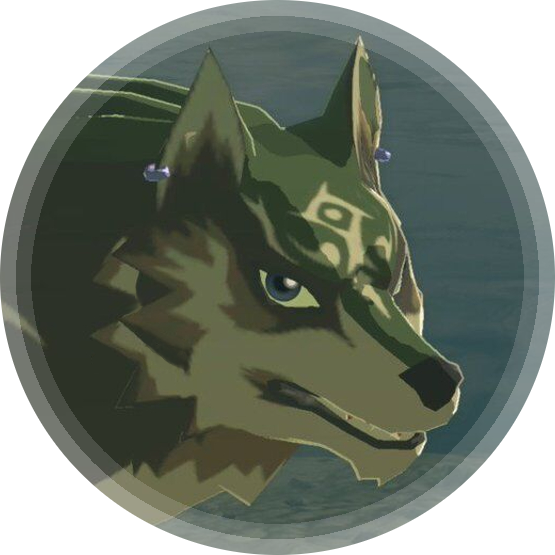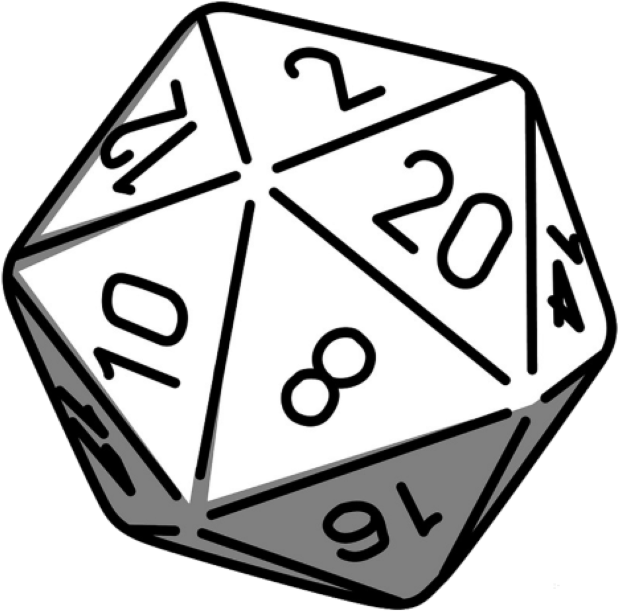- original source: https://www.tumblr.com/firebirdeternal/616605850794065920/you-know-whats-more-fun-than-worldbuilding-that
The post, in case you don’t want to click on an offsite link:
You know what’s more fun than worldbuilding that makes some fantasy races EEEEVIIIIIIILLLLL???
Worldbuilding that gives the different races cultural differences that help explain why there’s a lot of conflict between them:
Goblin culture doesn’t have a concept of “Property”. A stick on the ground and a tool in a locked shed are equally up for grabs if a thing needs doing. They casually take and leave things all over their communities, eat from communal pots, and genuinely Do Not Understand why the Core Races are so Angry and prone to Violence all the time.
Consequently Goblins who live near Core communities develop a reputation as “Thieves” despite not even having a word for that. (The closest word they have is more like “Greedy” and it means a person that hides things so nobody else can use them, and it’s a surefire fight-starter to call a Goblin that)
Common Orc Spiritual beliefs hold that a Soul can only grow stronger by overcoming Challenges in life, and see intruding on another person’s Challenge unasked for as not just Rude, but Deeply Harmful. You’re Stealing their chance to Grow. Asking for help is deeply personal and doing so can be both a way to grow closer with them or a too-personal intrusion, depending on your existing relationship with them. An exception is Children, as far as most Orcs are concerned, all Children are fundamentally the responsibility of the Whole Community, regardless of whose child they are, or even if said child is an Orc at all.
This means that Orcs who live near Core neighbors often seem Rude and Standoffish if not outright hostile, because they neither ask for nor offer aid even in times of trouble, and respond to unasked for aid themselves with Anger. There are even rumors that they Steal Children, because if an Orc finds a child lost in the woods they’re pretty much immediately going to start feeding it, and if they can’t find where to bring it back to, or it doesn’t seem to be well cared for, they’re just gonna keep it.*
I just love the idea. It’s a lot more believable and nuanced than the “this race is inheritely evil/good/dumb/advanced for no particular reason” some RPGs pull off, and makes certain allegedly “evil” races actually playable if you’re not relying on a system that already has them as playable characters.
Do you have any similar homebrew concepts for your versions of Goblins, Kobolds, Orcs, Dwarves etc.?


I think in most cases when you zoom in on one of these admittedly poorly named ‘races’ in D&D, you see the breaking of molds almost more often than not. What they allow is an extreme contrast in behavior being packed into a smaller terrain that isn’t simply viewed as another community by the surrounding people. A bunch of kobolds living in the mountain near your village isn’t seen as having bad neighbors, it’s seen as an infestation. The kobolds, likewise, don’t view the human village the same way they view another kobold settlement. That, in and of itself, highlights some of the problems with an expanding civilization, but it also provides smaller contexts that can clash heavily against one another within the ‘established’ territories of various countries.
You do have many examples in D&D of cities populated by a huge diversity of different types of creatures. Looking at Forgotten Realms, most cities aren’t limited to just humans or just dwarves or elves. Those exist, but they’re not what’s most common. You’ve even got places like Westgate where humans, elves, halfings, and what not are living with orcs, drow, ogres, bugbears, and all sorts of other folks that would typically be attacked on sight in otherwise similar cities.
There’s a lot of nuance and room for nuance in D&D. Even in the case of outer-planar beings like fiends, who are petitioners (dead people living an afterlife) from a plane associated with a particular alignment (evil in this case), there are cases where characters have a major turn-around. I’d say that most of the most popular characters are actually subverting some trope rather than living up to it.